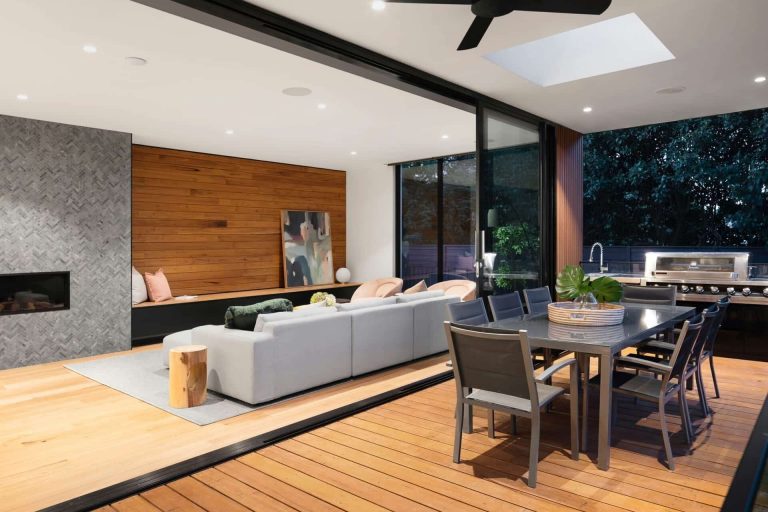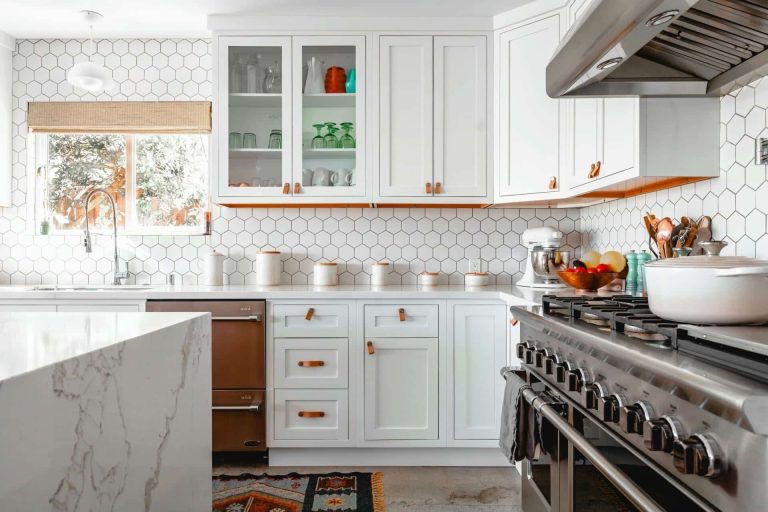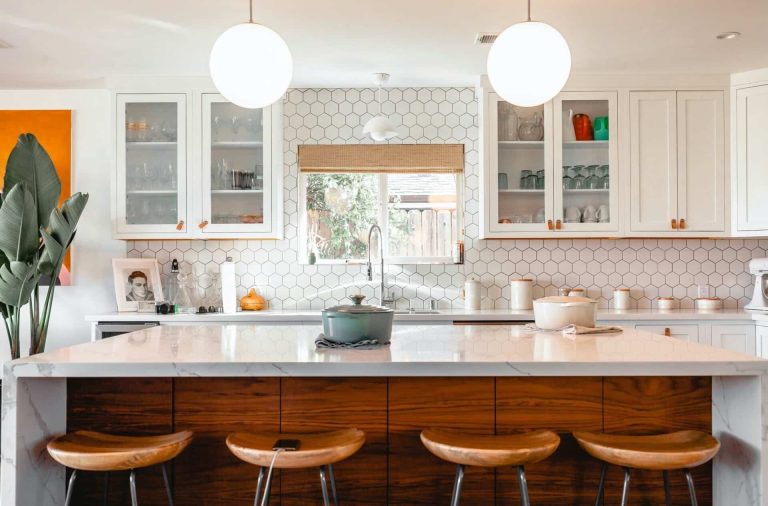In an era where comfort meets ingenuity, the realm of home building is undergoing a remarkable transformation, blending age-old craftsmanship with cutting-edge technology. As we step into a new age of construction, the introduction of innovative materials, sustainable practices, and smart systems is redefining not only how we build our homes but also how we experience living itself. From the rise of modular construction that promises efficiency and affordability to the integration of automated systems that enhance connectivity and security, the latest innovations are carving a pathway toward a more sustainable and personalized future. This article delves into the groundbreaking advancements shaping the home building landscape, exploring the pivotal technologies that promise to make our living spaces more efficient, resilient, and attuned to the needs of modern life. Join us as we uncover the exciting possibilities that lie ahead in the world of home design and construction, where each brick is a testament to human creativity and each blueprint holds the potential for a brighter tomorrow.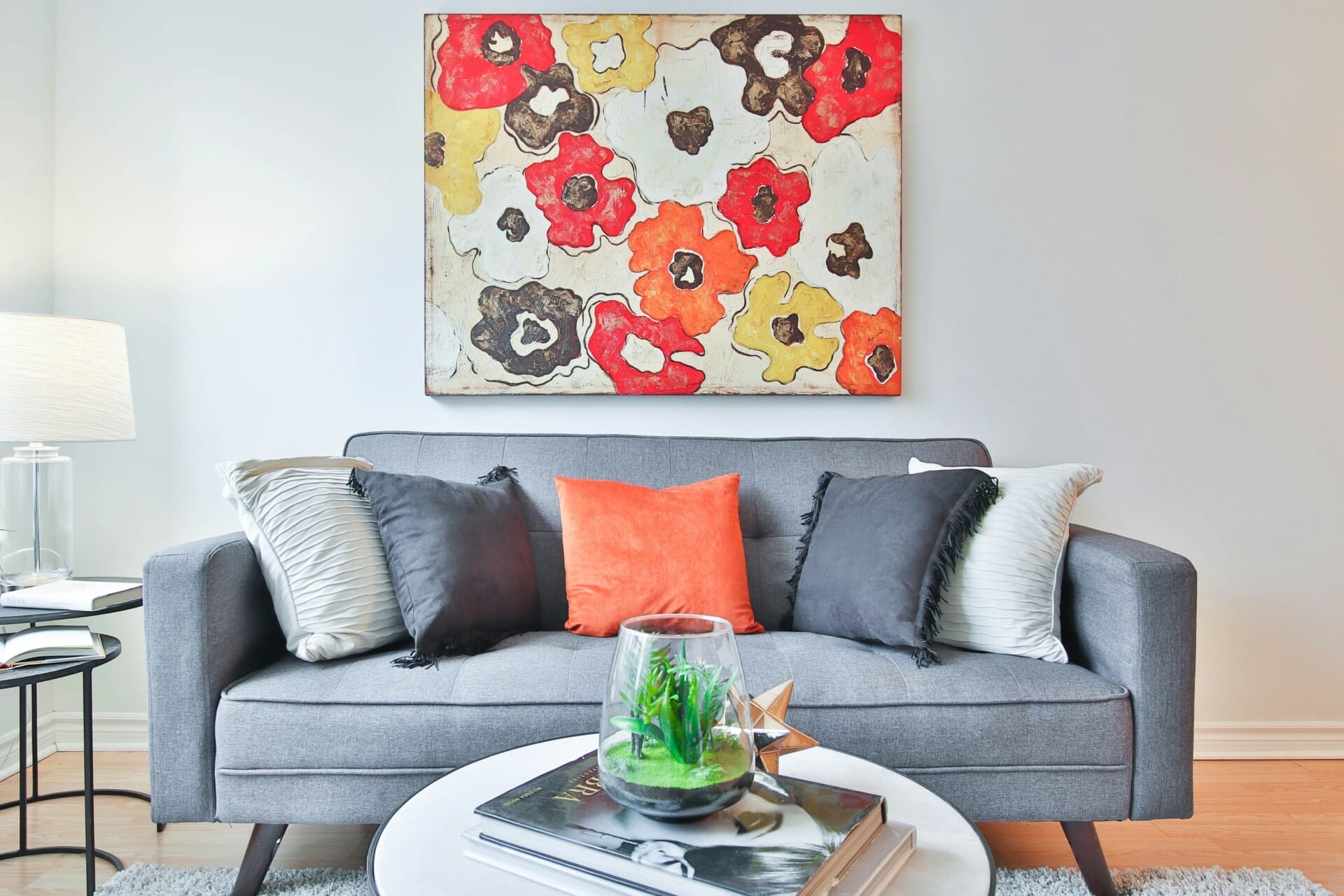
Emerging Materials Transforming Sustainable Home Construction
In the quest for eco-friendly living, innovative materials are setting a new standard for sustainable home construction. Among the most exciting advancements are recycled materials, which repurpose waste into building products. This not only minimizes landfill contributions but also functions as an effective alternative to traditional resources. Key examples include:
- Recycled Steel: A durable option with significant energy savings in production.
- Reclaimed Wood: Features both aesthetic charm and a reduced carbon footprint.
- Plastic Bricks: Made from ocean waste, these bricks are lightweight and durable.
Another groundbreaking category is bio-based materials, which harness the power of nature to create sustainable building solutions. Materials such as hempcrete and mycelium bricks not only boast impressive insulation properties but also contribute to indoor air quality. Here’s a closer look at their advantages:
| Material | Benefits |
|---|---|
| Hempcrete | Lightweight, excellent thermal insulation |
| Mycelium Bricks | Biodegradable, fast-growing, and fire-resistant |
Lastly, we cannot overlook the integration of smart materials that respond dynamically to environmental conditions. For instance, phase-changing materials (PCMs) can absorb, store, and release thermal energy, vastly improving a home’s energy efficiency. These materials can lead to significant reductions in heating and cooling costs. Moreover, the incorporation of self-healing concrete offers potential in extending the life and durability of structures, reducing maintenance needs over time. With these innovations at play, the future of home construction is poised to be more sustainable than ever.

Smart Home Integration: The Future of Intelligent Living Spaces
In today’s rapidly evolving technological landscape, homeowners are embracing the concept of intelligent living spaces, redefining how we interact with our environments. Smart home integration allows for seamless connectivity between various systems and devices, significantly enhancing convenience and efficiency. This evolution is driven by innovations such as voice-activated assistants, which serve as central hubs for managing everything from lighting to home security, offering not only ease of use but also increased energy efficiency.
Central to this movement is the integration of IoT (Internet of Things) devices, enabling appliances and systems to communicate with each other. Homeowners can now customize settings based on personal preferences and routines, creating an atmosphere that adapts to their needs, whether it’s adjusting the thermostat when they leave for work or automating the dimming of lights during a movie night. Notably, energy management systems are also becoming commonplace, providing real-time data analytics that empower homeowners to monitor and optimize their energy consumption.
| Device Type | Functionality | Benefits |
|---|---|---|
| Smart Thermostat | Automatically adjusts temperature | Energy savings up to 30% |
| Smart Lighting | Remote control and scheduling | Enhanced ambiance and security |
| Smart Locks | Keyless entry and monitoring | Improved security and convenience |
The future of home technology is not just about convenience; it is also about creating sustainable living environments. With the rise of renewable energy sources and smart energy grids, homes can now be designed to operate independently, harnessing solar power and managing energy usage efficiently. This not only reduces carbon footprints but also aligns with the global push for sustainability, making intelligent living a vital aspect of modern home design.
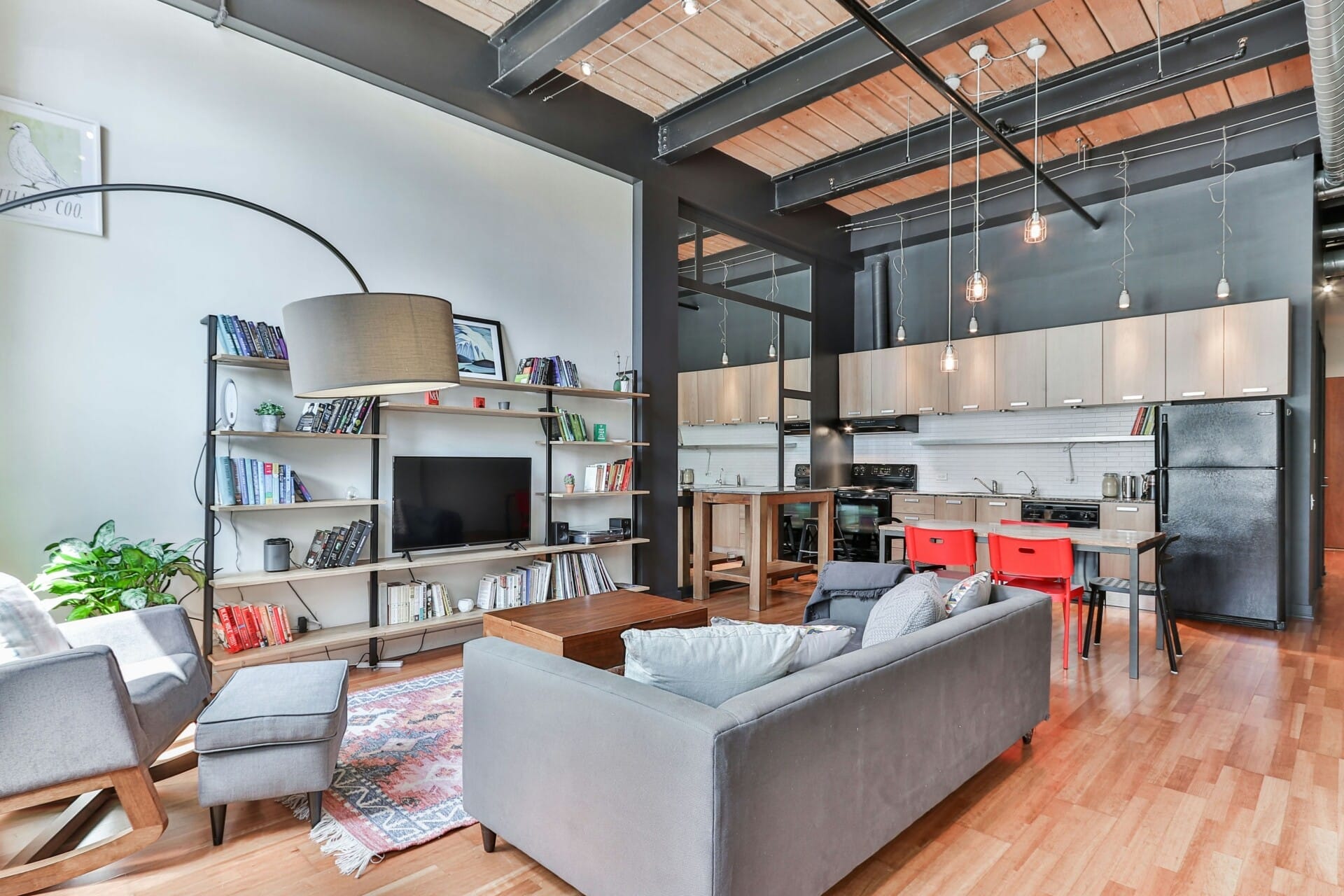
Energy Efficiency Breakthroughs for Eco-Friendly Residences
The quest for energy efficiency in residential buildings has seen remarkable advances, marking a transformative shift in construction practices. A growing number of homes are now equipped with next-generation insulation materials that not only reduce energy loss but also have a significantly lower environmental impact. Innovative products such as aerogel insulation and phase change materials (PCMs) provide superior thermal regulation, keeping homes cooler in summer and warmer in winter with minimal energy consumption.
Additionally, the integration of smart home technologies has enabled homeowners to optimize their energy usage effortlessly. Systems equipped with AI-driven algorithms can analyze patterns of consumption in real-time, adjusting heating, cooling, and lighting to minimize waste. Common implementations include:
- Smart thermostats that learn user preferences and dynamically adjust settings.
- Automated shading systems that respond to sunlight and temperature changes.
- Energy monitoring devices that provide insights into power consumption and foster energy-saving habits.
Furthermore, advancements in renewable energy integration are making eco-friendly homes even more viable. Many new residences are designed to incorporate solar panels, wind turbines, and even geothermal systems directly into their architecture. These technologies not only enhance the sustainability of homes but also significantly reduce utility costs over time. A simplified comparison of energy efficiency features might look like this:
| Feature | Benefits |
|---|---|
| Aerogel Insulation | Exceptional thermal resistance and low environmental impact |
| Smart Thermostats | Automatic adjustments to save energy and enhance comfort |
| Solar Panels | Renewable energy generation and reduction of electricity bills |
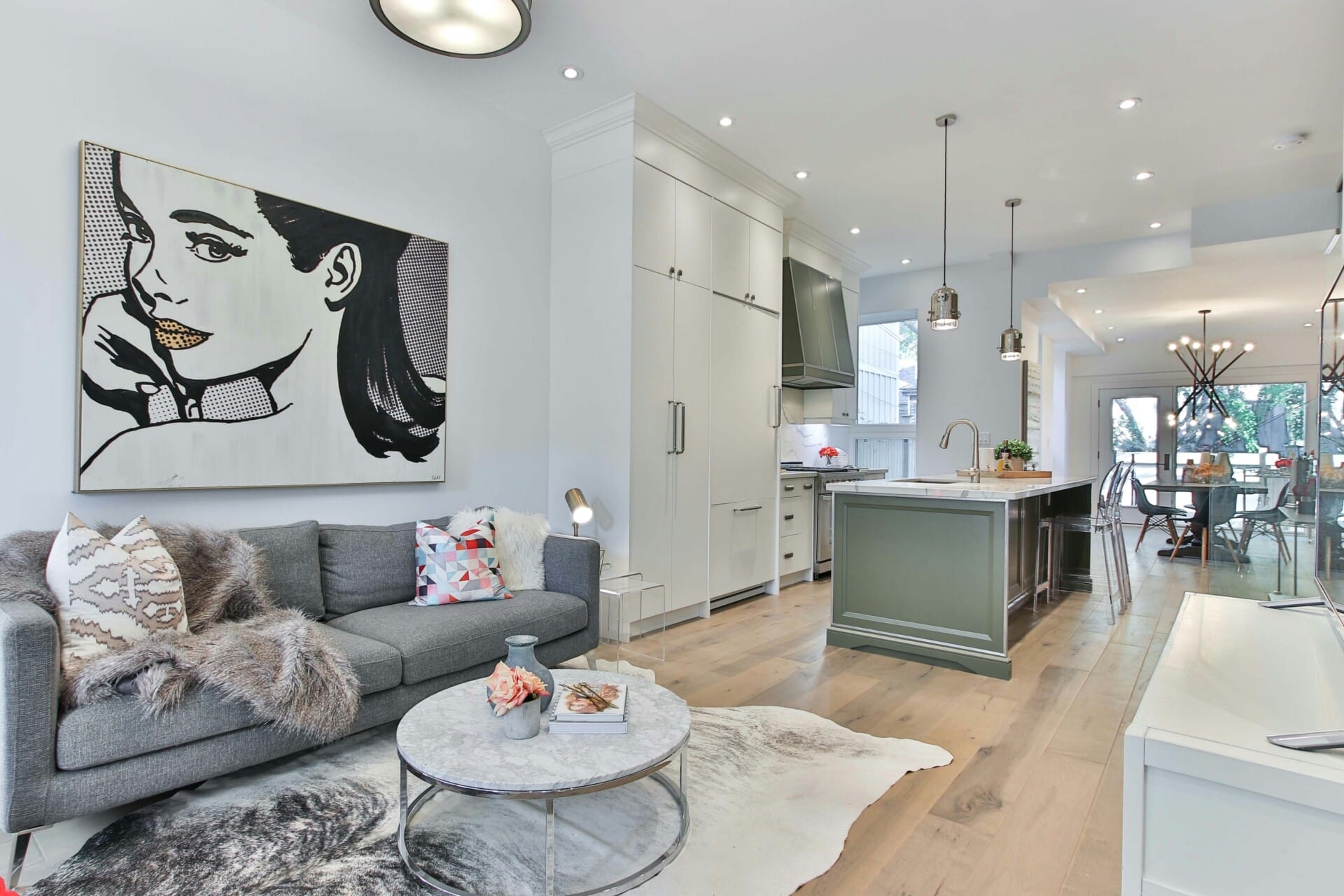
3D Printing Revolutionizing Custom Home Design and Construction
The advent of 3D printing technology is fundamentally transforming the landscape of custom home design and construction, allowing architects and builders to push the boundaries of creativity and efficiency. Traditional construction methods often come with constraints that limit design flexibility and increase costs. In contrast, 3D printing enables the production of intricate and tailored architectural forms that were previously considered impractical. This innovative approach not only enhances aesthetic possibilities but also streamlines the construction process by reducing waste and labor costs.
One of the standout benefits of using 3D printing in home building is the accelerated construction timeline it offers. Projects that once took months, or even years, to complete can now be finished within weeks, thanks to the capability of printing large structures in one continuous process. This rapid turnaround is particularly beneficial for addressing urgent housing needs in disaster-stricken areas or rapidly growing urban centers. Key advantages include:
- Reduced Construction Time: Ability to print entire structures in days.
- Material Efficiency: Less waste generated during the building process.
- Customization: Each home can be designed according to unique specifications without extensive redesign hassles.
Moreover, 3D printing allows for the utilization of sustainable materials, leading to a significantly lower environmental footprint than conventional building methods. Many companies are exploring the use of biodegradable filaments and recycled materials, promoting an eco-friendly approach to construction. To highlight the impact on sustainability, consider the following table:
| Material Type | Environmental Benefit |
|---|---|
| Recycled Plastics | Reduces waste in landfills |
| Bio-materials (e.g., hemp, clay) | Lower carbon footprint |
| Concrete alternatives | Minimized resource extraction |
Q&A
Q&A: The Latest Innovations in Home Building Technology
Q1: What are some of the most exciting recent advancements in home building technology?
A1: The landscape of home building technology is evolving rapidly, with several innovative trends emerging. Notable advancements include 3D printing of homes, which allows for quicker construction and reduced waste. Smart home integration is also on the rise, enabling homeowners to control everything from lighting to security systems via their smartphones. Additionally, the use of sustainable materials and energy-efficient designs are becoming increasingly important, reflecting a growing societal focus on environmental responsibility.
Q2: How is 3D printing impacting the construction industry?
A2: 3D printing is revolutionizing the construction industry by streamlining the building process. This technology reduces construction time significantly—some homes can be printed in just 24 hours. Moreover, it minimizes material waste, allowing for eco-friendlier builds. The flexibility in design that 3D printing offers means architects can explore more creative and customized solutions, ultimately enhancing aesthetic appeal as well as functionality.
Q3: What role do smart technologies play in modern homes?
A3: Smart technologies are enhancing the functionality and convenience of modern homes. By integrating IoT (Internet of Things) devices, homeowners can monitor and manage their living spaces efficiently. For instance, smart thermostats learn user schedules to optimize energy use, while smart security systems provide real-time alerts to homeowners about potential threats. This interconnectedness not only improves daily living but also promotes energy efficiency and cost savings.
Q4: Can you explain the significance of sustainable materials in home building?
A4: The use of sustainable materials is increasingly significant as homeowners and builders become more environmentally conscious. Sustainable materials—such as recycled steel, bamboo, and reclaimed wood—reduce the carbon footprint associated with construction. Furthermore, the utilization of environmentally friendly insulation and energy-efficient windows contributes to better energy performance, helping homeowners save on utility bills while also lowering their impact on the planet.
Q5: What challenges do builders face when implementing new technologies?
A5: While the integration of new technologies offers numerous benefits, builders face several challenges. One primary concern is the initial cost of adopting and training personnel to use advanced technologies. Additionally, regulatory issues can arise, as building codes may not yet reflect the latest innovations, complicating the approval process. There’s also a learning curve related to understanding how to best implement and leverage these technologies for maximum efficiency.
Q6: How are these innovations enhancing the home buyer’s experience?
A6: Innovations in home building technology are significantly improving the home buyer’s experience by providing more personalized, efficient, and sustainable options. Buyers can often see 3D renderings of their future homes before construction begins, allowing for customization that aligns with their preferences. Enhanced energy efficiency means lower operating costs in the long run, making homes more attractive financially. Furthermore, the integration of smart technology ensures that homes are not only equipped for today’s lifestyle but also adaptable to future advancements.
Q7: What does the future hold for home building technology?
A7: The future of home building technology appears exceptionally bright, with continued advancements on the horizon. We can expect further innovations in automation, with intelligent systems becoming even more advanced and intuitive. Additionally, the incorporation of virtual reality (VR) for home tours and planning is likely to expand, offering buyers immersive experiences. As sustainability remains a priority, new materials and construction methods that prioritize ecological responsibility should continue to emerge, ultimately transforming how we think about home building for generations to come.
Closing Remarks
As we stand on the brink of a new era in home building, the innovations we’ve explored are more than mere technological advances; they represent a shift in how we think about and interact with our living spaces. From eco-friendly materials to smart home systems that learn and adapt, these developments are shaping the homes of tomorrow—structures that not only meet our needs but also harmonize with the environment.
The integration of cutting-edge technology into construction is more than a trend; it’s a blueprint for a sustainable and efficient future. As we embrace these innovations, we are empowered to create spaces that reflect our values and aspirations. The journey of home building is evolving, inviting us to reimagine what our homes can be. With endless possibilities on the horizon, the only limit is our imagination. So, as we close this chapter on the latest advancements, let’s remain curious and open to the wonderful transformations that await in the world of home building. Your dream home might just be a technology away.

